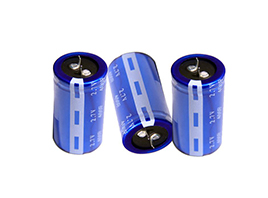Consulting phone:
135-3037-2041
(Mr.Wang)
In traditional smart water meters, when controlling the opening and closing of the water valve, the commonly used method is the built-in lithium battery, which has the advantages of light weight, high energy, and a low self-discharge rate. However, the lithium battery has to be replaced after a certain period of time, and it is necessary to replace the battery or the water meter for the user, which is a tedious task for the water meter manufacturer and the water company. In addition, the lack of battery power is random. If the battery power is not monitored accurately and timely, the water valve will not be able to be closed reliably, resulting in the phenomenon of inability to charge and escape from water. This is the fatal disadvantage of smart water meters with lithium batteries installed inside, which directly affects its promotion and application.
Replacing lithium batteries with supercapacitors can solve this problem. Supercapacitor is a kind of passive device, which is between batteries and ordinary capacitors. It has the characteristics of high current and fast charge and discharge of capacitors, and also has the characteristics of energy storage of batteries, and has long repeated use life. Electrons (without relying on chemical reactions) release an electrical current that powers the device.

The advantages of supercapacitors in designing circuits in smart water meters are as follows:
1. The battery is separated from the water meter, so that the influence of the battery life on the water meter can be ignored, and the operating time of the water meter can be extended;
2. The high-current discharge characteristics of the supercapacitor ensure the reliability of the shutoff of the water valve. When the external dry battery is insufficient, the energy stored in the supercapacitor can still be used to shut off the water valve;
3. The leakage current target that was blindly pursued in the past is mainly to ensure the service life of the battery. After switching to super capacitors, the leakage current target becomes unimportant. If the battery is low, the user can replace it at any time. In this way, not only the circuit design is simplified, the factory inspection process of the product is reduced, but the cost of the product is also reduced.